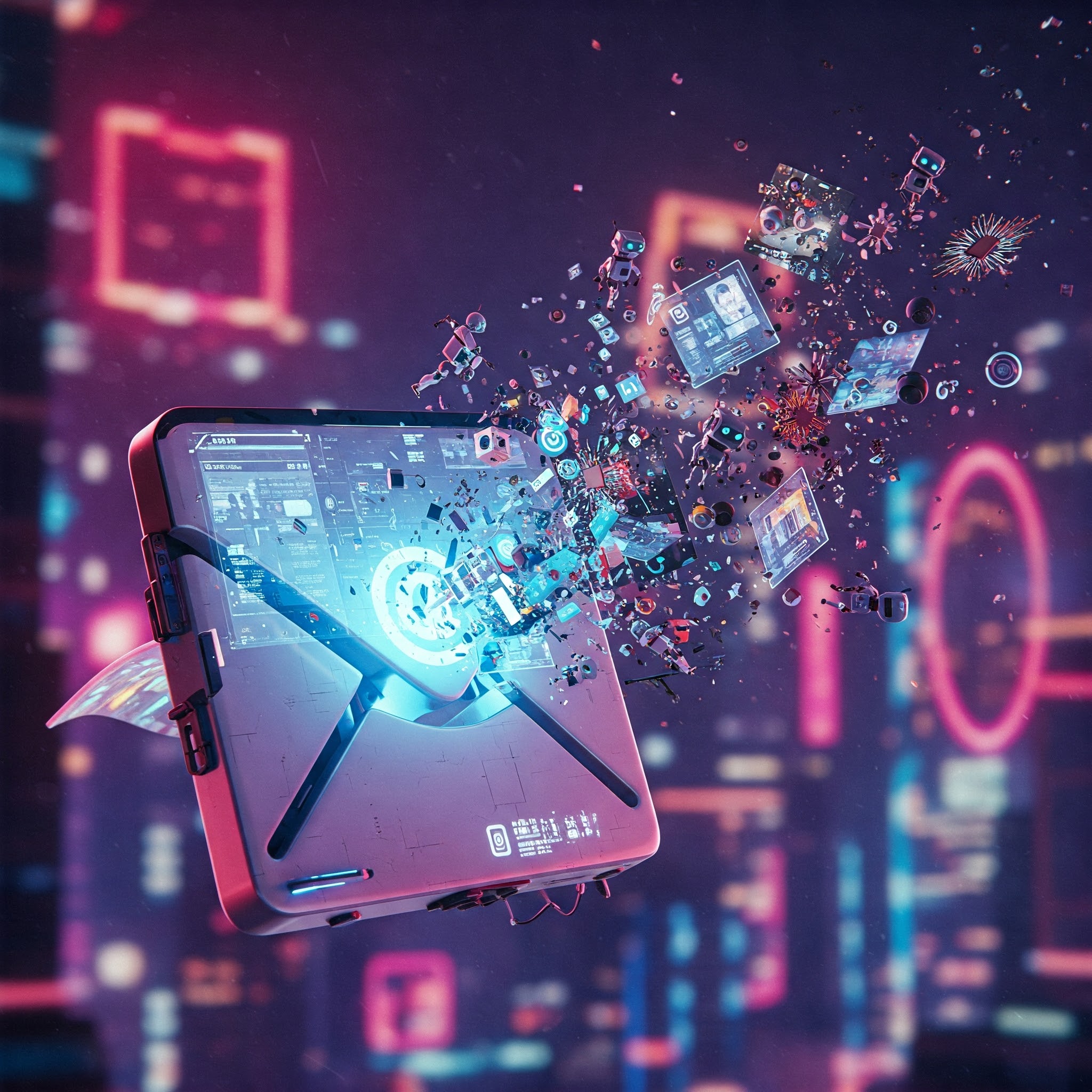The Discreet Revolution: How ‘Quiet Tech’ Will Reshape Luxury Retail
Forget flashy holograms and robotic butlers. The future of luxury shopping isn’t about screaming technology; it’s about whispering it.
The Anti-Gimmick Approach
While some brands chase viral moments with AI-generated imagery and NFT drops (eye-catching, sure, but often feeling a bit…much), the true luxury players are taking a different tack. Think less Black Mirror, more impeccably tailored service.
LVMH’s philosophy, prioritizing craftsmanship and product quality, sums it up: Technology is a tool, not a trophy. It should enhance, not overshadow, the luxury experience.
Online Shopping: The AI Stylist You Didn’t Know You Needed
E-commerce is getting a serious upgrade, moving beyond basic personalization to near-telepathic understanding of your desires. Imagine:
- Virtual Try-Ons That Actually Work: Finally, AR that doesn’t make you look like a badly rendered video game character.
- AI-Driven Styling: A digital stylist that learns your taste over time, predicting your next obsession.
- Predictive Inventory: No more heartbreak when your size is “out of stock.” AI anticipates demand, ensuring your coveted item is always within reach.
Farfetch’s AI-driven logistics promise faster deliveries and seamless checkouts. It’s about anticipating your needs before you even articulate them. Spooky? Maybe. Convenient? Absolutely.
In-Store Assistance: Your Best Friend (Who Happens to Be a Sales Associate)
The human touch remains paramount. AI isn’t replacing sales associates; it’s supercharging them. Clienteling apps provide insights into VIP preferences, anticipating needs before the customer even walks through the door. Personalized temperature settings? Check. Pre-selected items based on past purchases? Check. A curated experience that makes you feel like retail royalty? Absolutely.
Loewe’s “augmented intelligence” serves as a prime example. The algorithm enhances, rather than replaces, the expertise of in-store staff. It is a human centric approach that puts customer relations at its core.
AI as the Muse: Fueling Designer Innovation
The prospect of AI designing clothes raises eyebrows. Will algorithms dilute the artistry that defines high fashion? Not necessarily.
Designers like Norma Kamali see AI as a catalyst for creativity, a tool to push boundaries. AI can generate mood boards, explore materials, and offer fresh perspectives on design, while relying on the designer’s creative instincts.
Bespoke for All: The Democratization of Customization
Custom couture, once the exclusive domain of the ultra-rich, may become more accessible. Software solutions can visualize and refine custom garments before physical production, lowering costs and streamlining the process.
Imagine designing your dream wedding dress with AI assistance, inputting your measurements and preferences to generate a made-to-measure masterpiece. Is it a fascinating and unnerving prospect? Yes. Is it the future of bespoke fashion? Quite possibly.
Immortal Aesthetics: Preserving a Designer’s Vision
One of the most intriguing applications of AI is the preservation of a designer’s creative legacy. As Norma Kamali notes, AI can act as a designer’s personal Karl Lagerfeld, ensuring that their aesthetic endures.
Kamali has developed an AI system that understands her design DNA and generates new pieces in her signature style, even after she’s hung up her scissors. It’s a way to ensure that a designer’s unique vision lives on, unadulterated and true to its origins.
The Future is Quiet
The future of luxury shopping isn’t about flashy technology; it’s about seamless integration, intuitive experiences, and, above all, personalization. It’s about ‘Quiet Tech’. The more invisible the technology, the more magical the experience.
It will be quiet, seamless, intuitive, and tailored entirely to you.

